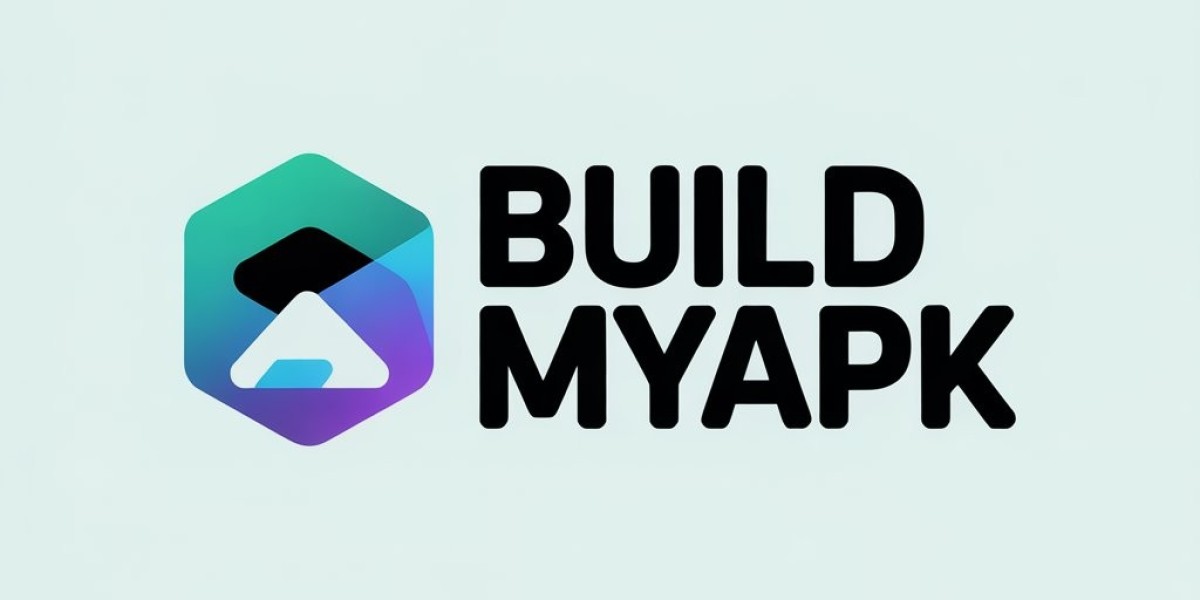Hiring the right candidate is crucial to maintaining productivity, culture, and trust within any organization. That’s why employment background checks have become a standard practice for businesses of all sizes. However, even seasoned HR professionals can fall into avoidable traps during the screening process. These mistakes can lead to compliance issues, bad hires, or even legal trouble. At Screenify Solutions, we’ve seen firsthand how skipping important steps or misunderstanding legal boundaries can have serious consequences.
In this article, we’ll break down the top 7 background check mistakes employers still make—and how to avoid them.
1. Not Getting Proper Consent
One of the most common and costly mistakes is failing to obtain written consent from a candidate before conducting a background check. Under laws such as the Fair Credit Reporting Act (FCRA) in the U.S. and similar regulations worldwide, employers are required to disclose the background check process clearly and secure authorization from the candidate in writing.
Avoid It:
Always provide a standalone disclosure form and ensure candidates sign it before initiating any type of background screening.
2. Using One-Size-Fits-All Screening
Every job role is different. A screening process that works for a warehouse job might not be appropriate for a financial analyst. Yet many employers make the mistake of using the same background check criteria for every position.
Avoid It:
Tailor your background checks to the specific role. For example:
A driver position might require motor vehicle records.
A financial role might need credit and fraud checks.
A caregiving role may warrant a more in-depth criminal history search.
Customization ensures relevancy and improves legal defensibility.
3. Failing to Verify Education or Employment History
Resumes are often “touched up,” and while some embellishments are harmless, others can be serious misrepresentations. Failing to validate a candidate’s education or previous employment can result in hiring someone who’s unqualified or dishonest.
Avoid It:
Always verify:
Academic degrees and institutions
Dates of employment and job titles
Reasons for leaving past roles (if accessible)
Screenify Solutions offers thorough verification services that reduce this risk and save time for HR teams.
4. Overlooking Continuous Screening
Many companies perform background checks only at the time of hiring. But circumstances change—employees may face legal issues, lose licenses, or develop risks after onboarding.
Avoid It:
Consider ongoing or periodic background checks for high-risk or sensitive roles. This proactive approach protects your business and promotes workplace safety.
5. Ignoring Local and International Compliance Laws
From GDPR in Europe to state-specific laws in the U.S., background checks are governed by a wide array of legal frameworks. One-size-fits-all processes can easily violate local laws.
Avoid It:
Stay updated on regional regulations
Use compliant language in disclosures and adverse action notices
Partner with a background check provider that prioritizes compliance
6. Relying Solely on Instant Databases
While online databases promise fast results, they often lack depth and accuracy. These systems may not capture the full criminal record or might include outdated or incorrect information.
Avoid It:
Use a provider that cross-checks data from verified sources such as:
County courts
Government databases
Educational institutions
Instant databases should only be a starting point—not your sole decision-making tool.
7. Failing to Follow the Adverse Action Process
If a background check reveals something that affects your hiring decision, you’re legally required to follow the “adverse action” process. Many employers skip this step, risking legal consequences.
Avoid It:
Follow these steps:
Send a pre-adverse action notice, including a copy of the report and a summary of rights.
Give the candidate a reasonable time to respond (usually 5–7 days).
If the decision stands, issue a final adverse action notice.
Final Thoughts
Background checks are essential to smart hiring, but they must be done thoughtfully, legally, and thoroughly. Avoiding these common mistakes not only keeps you compliant but also builds trust with candidates and stakeholders.
At Screenify Solutions, we help businesses simplify and strengthen their employment screening process with accurate, fast, and fully compliant background checks. Whether you’re hiring locally or globally, we’re here to support every stage of the journey.







